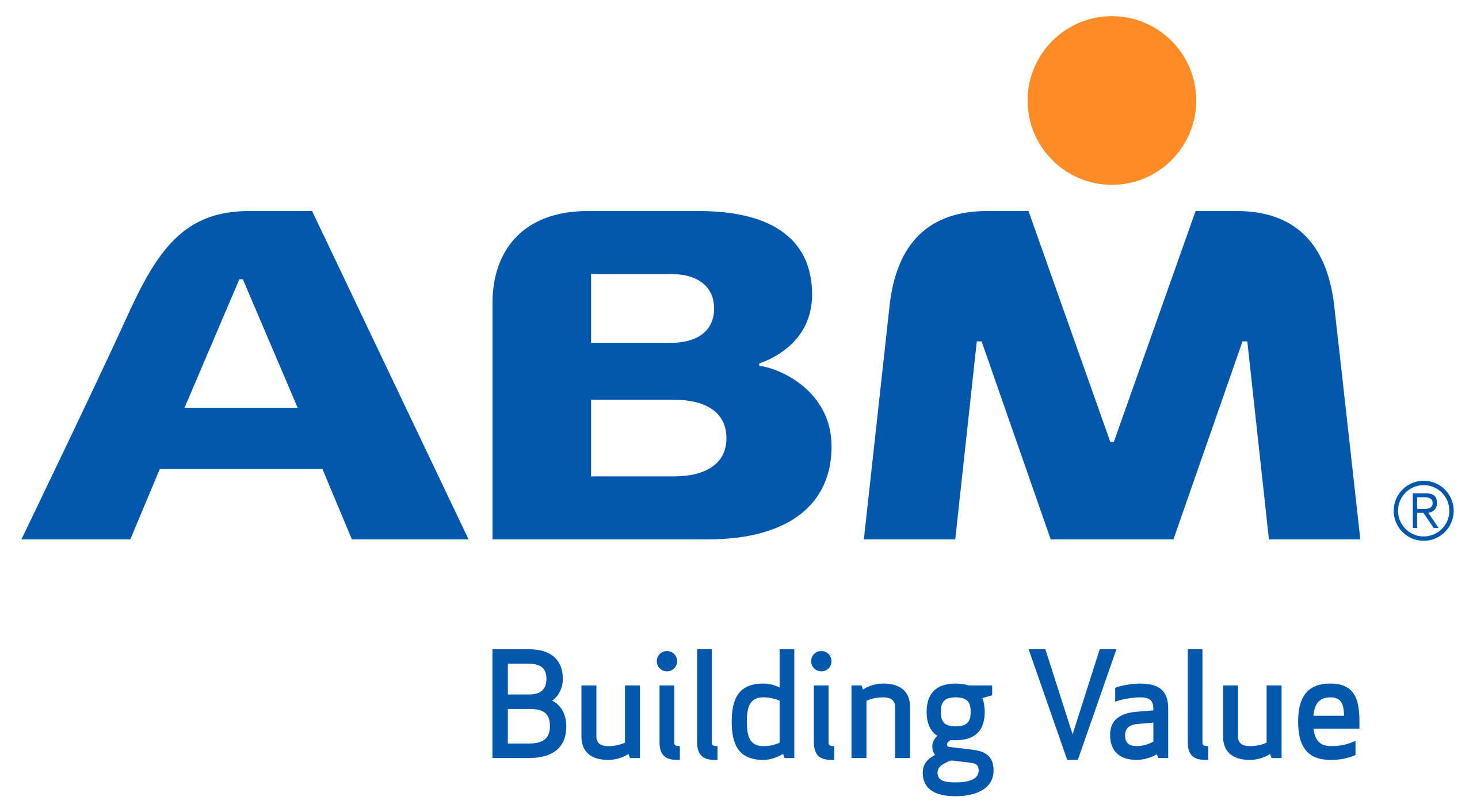- ABM Industries reported earnings per share (EPS) of $0.86, slightly below expectations but exceeded revenue forecasts with $2.11 billion.
- The company’s net income was $42.2 million, with adjusted net income rising to $54.1 million.
- ABM reaffirmed its full-year adjusted EPS outlook, projecting it to be between $3.65 and $3.80.
ABM Industries (NYSE:ABM) is a key player in the facility solutions sector, offering a range of services that include janitorial, electrical, and mechanical services. The company competes with other facility management firms, striving to maintain its market position through consistent financial performance and strategic growth initiatives.
On June 6, 2025, ABM reported earnings per share (EPS) of $0.86, slightly below the anticipated $0.87. Despite this, the company exceeded revenue expectations, generating approximately $2.11 billion compared to the estimated $2.06 billion. This revenue increase of 4.6% was driven by organic growth, which contributed 3.8% to the rise, as highlighted by Scott Salmirs, President and CEO.
ABM’s net income for the fiscal second quarter was $42.2 million, with earnings per diluted share at $0.67, a slight decrease from the previous year’s $43.8 million and $0.69, respectively. However, adjusted net income rose to $54.1 million, with adjusted EPS increasing to $0.86 from $0.82 in the prior year. This improvement reflects the company’s ability to manage its operations effectively.
The company’s adjusted EBITDA also saw an increase, reaching $125.9 million from $121.0 million the previous year. ABM has reaffirmed its full-year adjusted EPS outlook, projecting it to be between $3.65 and $3.80. This projection indicates confidence in its ongoing performance and strategic initiatives, despite the slight downward revision in consensus earnings estimates by analysts.
ABM’s financial ratios provide insight into its market valuation and financial health. With a P/E ratio of approximately 40, investors are willing to pay $40 for every $1 of earnings. The company’s price-to-sales ratio is 0.38, and its enterprise value to sales ratio is 0.57, reflecting its valuation relative to sales. The debt-to-equity ratio of 0.93 and a current ratio of 1.52 suggest a balanced approach to leveraging debt and maintaining liquidity.




